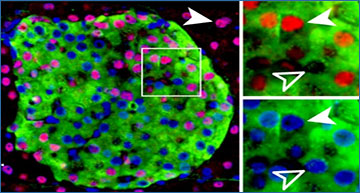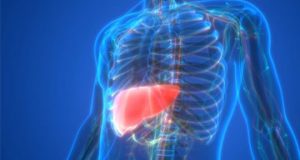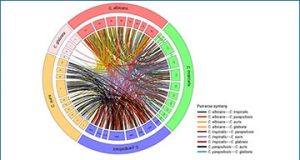from New Scientist Life by Linda Geddes
From six-toed cats to miniature Spider-men, Junk DNA by Nessa Carey is a wide-ranging survey of a controversial, ever-changing field
SNOW WHITE, the six-toed cat famously given to Ernest Hemingway by a ship’s captain, did not get its extra digit as the result of a freak gene mutation.
 In fact, extra fingers and toes in both cats and humans result from alterations in junk DNA – the 98 per cent of the genome that has no genes, doesn’t code for proteins, and which was until recently dismissed as, well, junk. In the case of extra digits, a piece of regulatory DNA has mutated, “enhancing” the activity of a gene crucial to the development of hands and feet.
In fact, extra fingers and toes in both cats and humans result from alterations in junk DNA – the 98 per cent of the genome that has no genes, doesn’t code for proteins, and which was until recently dismissed as, well, junk. In the case of extra digits, a piece of regulatory DNA has mutated, “enhancing” the activity of a gene crucial to the development of hands and feet.
That’s not so different from the conventional explanation of how the genome works – more a small tweak in our understanding – but it’s just the start of junk DNA’s weird and intricate story. From “sleeper agents” that used to be viruses to reading genes backwards, Nessa Carey’s book, Junk DNA, guides us through this dark side of the genome. And it’s a side that is turning out to be full of strange twists and turns.
It’s a formidable subject, but one that Carey, a former senior lecturer in molecular biology at Imperial College, London, is completely at home with. She does a great job of describing the politics of this controversial field. “At one extreme,” she writes, “we have scientists claiming experimental proof is lacking to support sometimes sweeping claims. At the other are those who feel there is a whole generation of scientists (if not more) trapped in an outdated model and unable to see or understand the new order.”
 Chromosome division: like two tiny Spider-men at either end of the cell (Image: Paul Andrews, University of Dundee/SPL)
Chromosome division: like two tiny Spider-men at either end of the cell (Image: Paul Andrews, University of Dundee/SPL)
And Carey’s use of analogy to explain molecular phenomena is superb. For example, she provides the most original explanation I’ve read of how chromosomes segregate in cell division. She describes them as two tiny Spider-men standing at either end of the cell, shooting sticky webs to pull what they want towards them. The downside is that such lovely analogies are often followed by jargon-heavy explanations of the details of the process.
Junk DNA is encyclopaedic: from enhancers to insulators to lncRNA, this book has it covered. And if you are someone who already knows what those nouns and acro-nouns mean, you will find the book a comprehensive and accessible review.
However, Carey claims her book is aimed at general readers and it does read a little like a textbook for laypeople (complete with uninspiring diagrams). You have to wonder how many of them would actually want or need such a comprehensive understanding of the field. Carey might have been better off exploring fewer types of junk DNA, but with greater colour.
Junk DNA also lacks an overarching, compelling narrative to carry readers through, and is short on personal stories to help them engage. For instance, it starts and ends with the mystery of facioscapulohumeral muscular dystrophy (FSHMD), an inherited wasting disorder in which muscles of the face, shoulders and upper arms weaken and degenerate.
This is a fantastic example of how junk DNA becomes implicated in disease. A change in the number of repeating sections of a piece of junk DNA causes a “retrogene” to be activated, but only in the presence of another junk element and a pattern of specific chemical – or epigenetic – changes. Yet without a character to bring the disorder to life, FSHMD remains obscure and unpronounceable.
But if you are motivated to read on regardless, Junk DNA provides a cutting-edge, exhaustive guide to the rapidly changing, ever-more mysterious genome.
Source – New Scientist Life
 lncRNA Blog lncRNA Research and Industry News
lncRNA Blog lncRNA Research and Industry News







